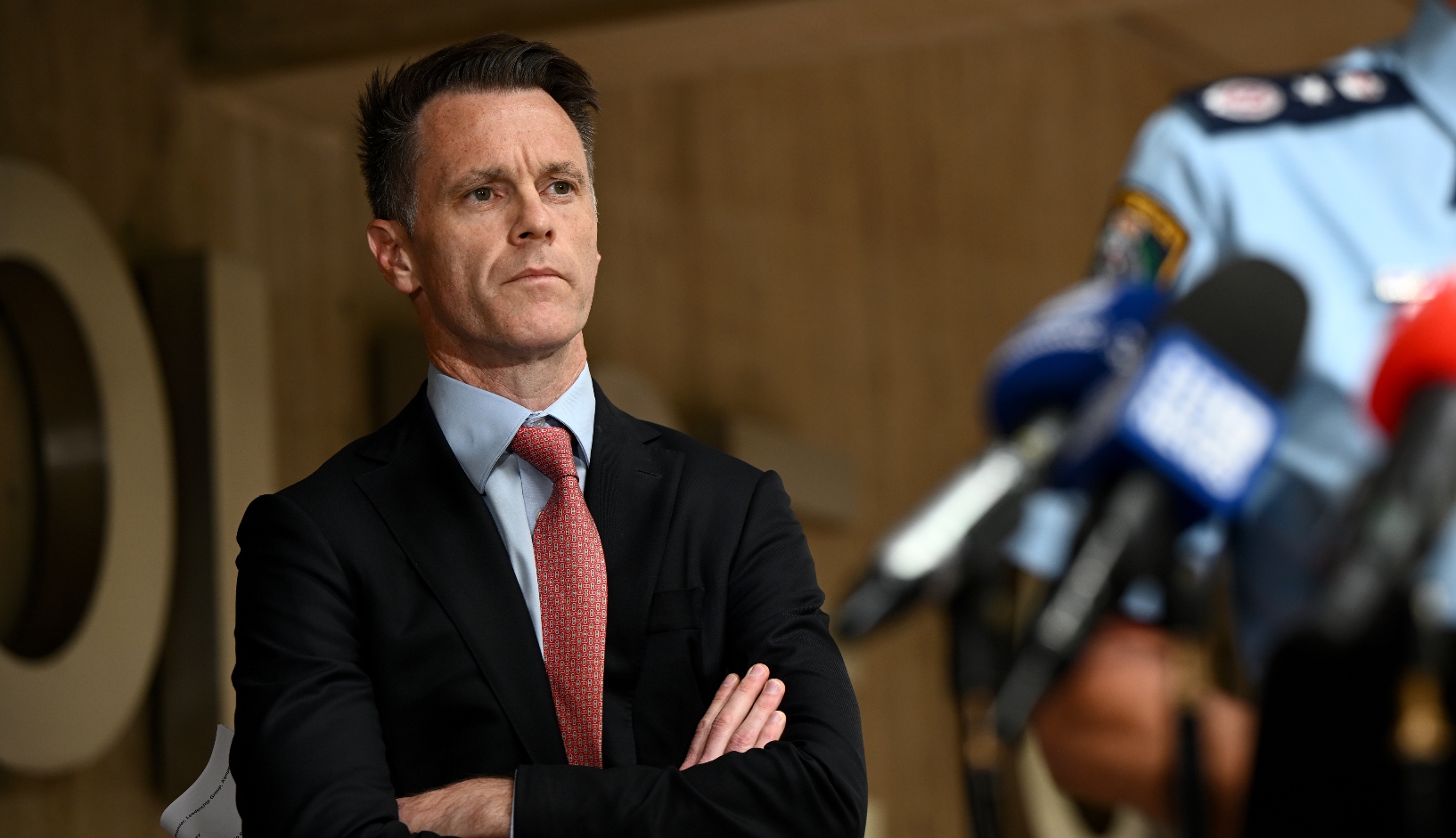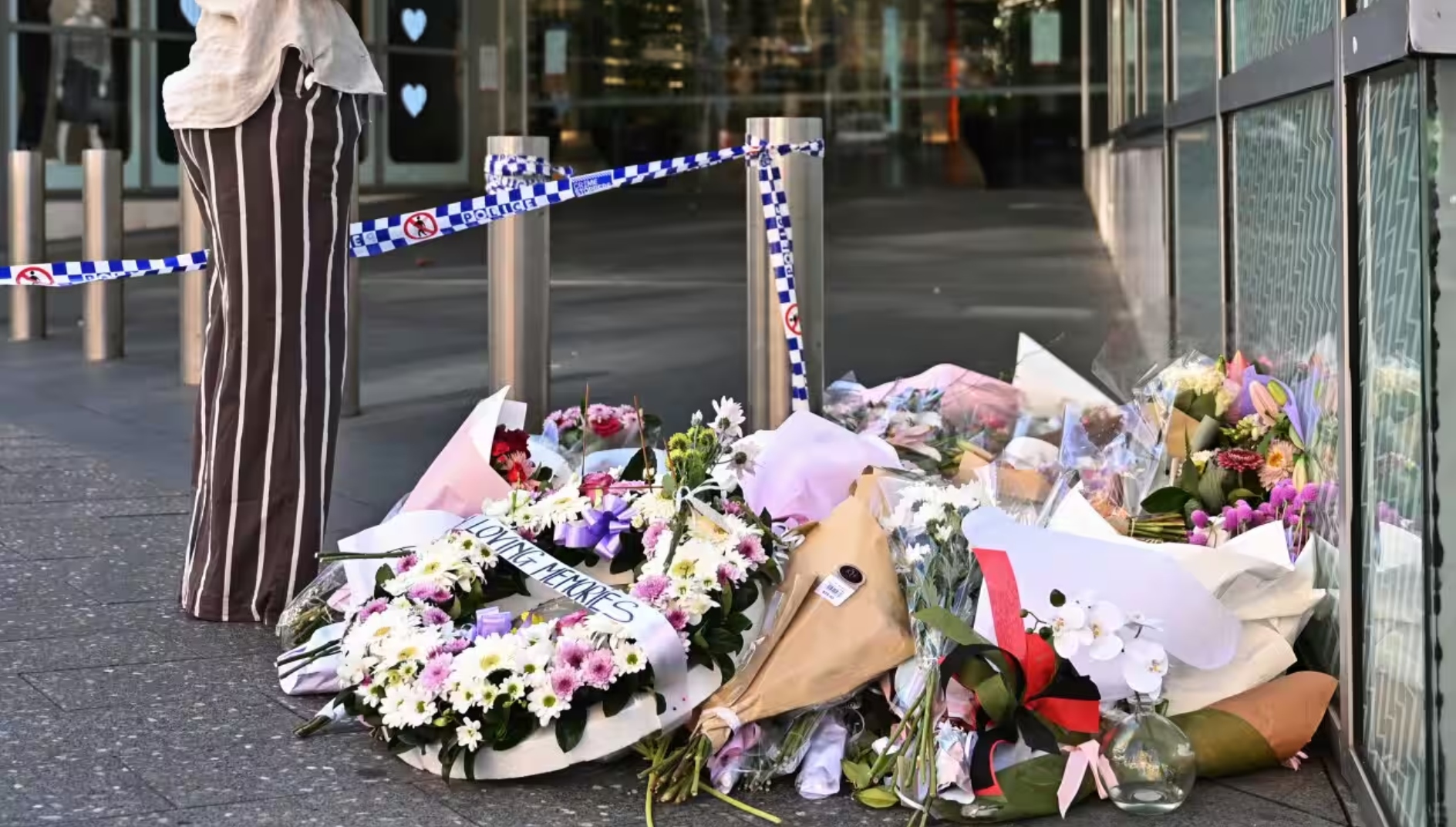
Randwick community cross over light rail

by Emily Contador-Kelsall
Last Saturday Feburary 28, members of the Randwick community came together at High Cross Park to oppose the planned path of the Sydney Light Rail through Randwick Junction and the terminus at the park.
Construction of the light rail is set to begin later this year and finish by 2019 despite consistent community opposition to aspects of the plan.
Labor candidate for Coogee, Paul Pearce attended on Saturday, and said the entire route to Randwick Junction needed to be rethought.
“The existing route fails in my opinion on a number of accounts. It fails environmentally, it fails socially and it fails in public transport terms,” he said
“I like the concept of light rail, but I don’t think this one has been properly thought through.”
The 90-year-old war memorial in the park is a historical site for Randwick, and Mr Pearce said the park is critical to Randwick’s heritage.
The light rail’s impact on the surrounding medical facilities is another issue associated with the project.
High Cross Park sits next to the Princes of Wales Hospital, Sydney Children’s Hospital, Australian cancer research foundation and Nelune Comprehensive Cancer Centre and the Australian Advances Treatment Centre.
Margaret Hogg, member of the community, said the light rail was dangerous and deplorable infrastructure, threatening the local environment, history and community.
“The people in that cancer area in the hospital come up to the park and take respite from their treatments, the nurses take respite. People who have just been told they’re going to die in a couple of months’ time come to this park,” she said.
Randwick council have proposed an alternative light rail terminus, moving it from High Cross Park to High St.
Randwick’s Liberal mayor Ten Seng said the High Street alternative is cost saving and better integrated with Randwick Junction.
“Our alternative proposal complements the State Government’s vision to improve public transport and create a quality customer experience,” he said.
According to Randwick council, this alternative would save High Cross Park, trees, parking and would save the state government up to $25 million.
However, Ms Hogg and Mr Pearce do not believe Randwick council’s proposal is a viable solution.
“It’s good to see that Randwick council has been looking at this, but I don’t think the state department of transport are going to accept it and I don’t think what they have come up with actually works to solve the problems,” said Mr Pearce.
Jeanette Brokman from the Better Planning Network said while they support light rail in principle, they are concerned about the route design of the light rail and some of its inherent issues.
The Better Planning Network is a coalition of communities that came together across NSW in response to reforms the O’Farrell government tried to introduce in 2013.
“I understand from local engineers, the route up and down High Street has some inherent issues in terms of the width of the road and how it’s going to support emergency services, access to the hospital and the design of the actual light rail system,” Ms Brokman said.
Another concern held by the community is the potential for development at Randwick Junction if a rail terminus is at High Cross Park.
Mr Pearce said a rail terminus at Randwick Junction would allow for massive development that would not be possible at Coogee or the Spot, and that is why the government want to stop at Randwick Junction.
“…it’s an invitation to developers. There’s a State Environmental Planning policy, called the Major Project State Environmental Planning Policy, which effectively gives the green light to high density development where there is a rail terminus.”
Ms Hogg said the only thing the planning department is looking at is the high-rise corridors.
Mayor Seng said that with the council alternative there is potential to create a new urban plaza connected with the caretakers’ cottage, which would provide a walking path to the trams for passengers arriving on buses.









